LOOKING FOR WAYS TO KEEP YOUR SHOULDERS HEALTHY? WE’RE HERE TO HELP!
1
Learn. Explore this module for in-depth info and useful videos.
2
Practice. Stick with the most helpful exercises.
3
Let us help. Want more help? Connect with your Crossover care team.
EXPERT GUIDANCE PROVIDED BY:
-
Tyson Matsumoto, PT, DPTPhysical TherapistTyson has always been fascinated by the inner workings of the body. He majored in Biology with a concentration in Neuroscience at Williams College in Massachusetts, then received his Doctorate in Physical Therapy from the University of Southern California. Tyson is also a certified Orthopedic Specialist.
-
Janelle Joyce, PT, DPTPhysical TherapistJanelle is a Doctor of Physical Therapy and earned her Bachelor’s degree from Central Michigan University. She was first introduced to Physical Therapy when growing up as a gymnast with an undiagnosed connective tissue disorder which meant that Janelle got injured on a fairly regular basis. She now enjoys helping others heal.
-
Melissa Stewart, PT, DPTPhysical TherapistMelissa loves being a person who can help others—especially those in a vulnerable position—reach their goals and assist those who are in a vulnerable position.
-
Paula Boardman, PT, DPTPhysical TherapistPaula is a physical therapist who believes in a hands-on approach to healing. Originally from England, she's practiced healthcare in the U.S. for 27 years. She received her PhD in Health and Wellness and holds a Level II certification in Functional Movement Systems. Away from work, her passion is to dance Argentine Tango.






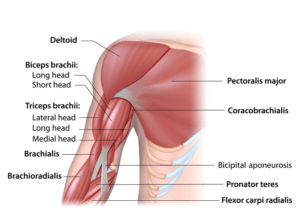
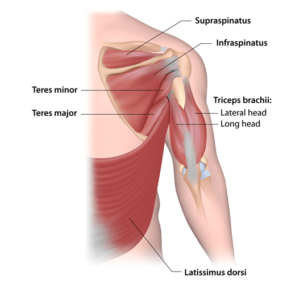

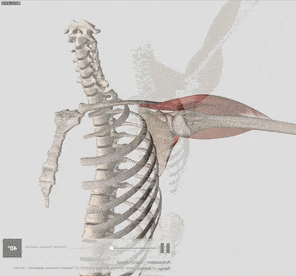

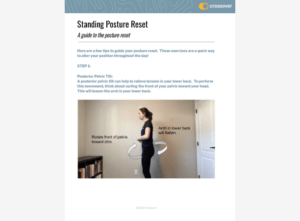
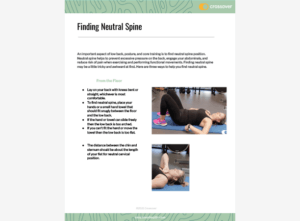
 The same principles apply to the shoulders. If you move them each day, your shoulders will adapt and moving them will become easier. Depending on how you move them and whether or not you use resistance, the flexibility and strength of your shoulders can also increase. This process of building strength slowly over time is called “progressive loading.”
The same principles apply to the shoulders. If you move them each day, your shoulders will adapt and moving them will become easier. Depending on how you move them and whether or not you use resistance, the flexibility and strength of your shoulders can also increase. This process of building strength slowly over time is called “progressive loading.”